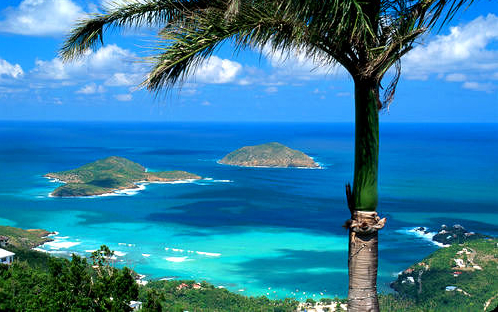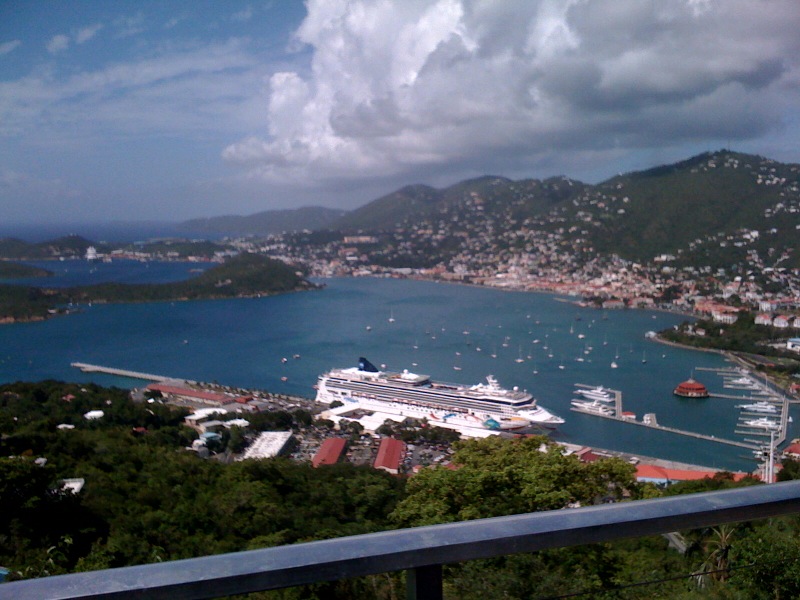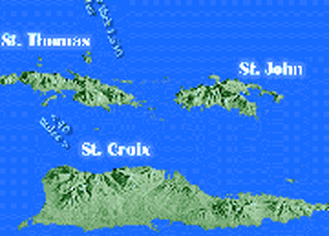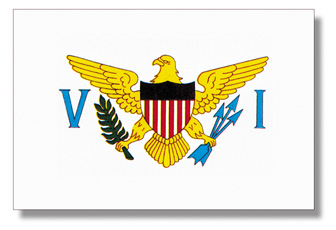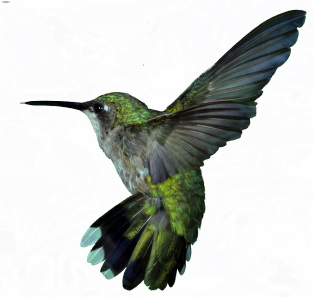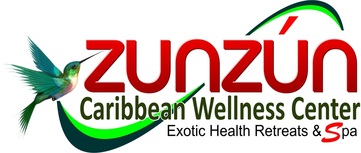Virgin Islands StatisticsGeography
Location Caribbean, islands between the Caribbean Sea and the North Atlantic Ocean, east of Puerto Rico Coordinates 18 20 N, 64 50W Area total: 352 sq km water: 3sq km land: 349km Comparative Area Twice the size of Washington DC Climate subtropical, tempered by easterly trade winds, relatively low humidity, little seasonal temperature variation; rainy season May to November. Elevation Extremes Lowest point: Caribbean Sea 0 m Highest point: Crown Mountain 474 m Natural Hazards Several hurricanes in recent years; frequent and severe droughts and floods; occasional earthquakes. People Population 124,778 (2003 est.) Age Structure 0-14 years: 26% (male 16,685; female 15,794) 15-64 years: 64.4% (male 36,241; female 44,157) 65 years and over: 9.5% (male 5,078; female 6,823) (2003 est.) Nationality Virgin Islander/American Ethnic Groups black 78%, white 10%, other 12% note: West Indian 81% (49% born in the Virgin Islands and 32% born elsewhere in the West Indies), US mainland 13%, Puerto Rican 4%, other 2% Religions Baptist 42%, Roman Catholic 34%, Episcopalian 17%, other 7% Economy - Overview Tourism is the primary economic activity, accounting for more than 70% of GDP and 70% of employment. The islands normally host 2 million visitors a year. The manufacturing sector consists of petroleum refining, textiles, electronics, pharmaceuticals, and watch assembly. The agricultural sector is small, with most food being imported. International business and financial services are a small but growing component of the economy. One of the world's largest petroleum refineries is at Saint Croix. The islands are subject to substantial damage from storms. The government is working to improve fiscal discipline, support construction projects in the private sector, expand tourist facilities, reduce crime, and protect the environment. Labor Force 49,000 By Occupation agriculture 1%, industry 20%, services 79% (1990 est.) Budget revenues: $364.4 million expenditures: $364.4 million, including capital (1990 est.) Industries tourism, petroleum refining, watch assembly, rum distilling, construction, pharmaceuticals, textiles, electronics Unemployment Rate 4.9% (1999) Government Dependency Status Organized, unincorporated territory of the US with policy relations between the Virgin Islands and the US under the jurisdiction of the Office of Insular Affairs, US Department of the Interior Capital Charlotte Amalie National Holiday Transfer Day (from Denmark to the US), 27 March (1917) Constitution Revised Organic Act of 22 July 1954 Legal System based on US laws Suffrage 18 years of age; universal; note - indigenous inhabitants are US citizens but do not vote in US presidential elections Chief of State President of the United States Barrack H. Obama, and Vice President Joseph R. Biden Jr.. Governor of Territory Governor John P. deJongh, Jr Legislature unicameral Senate (15 seats; members are elected by popular vote to serve two-year terms) Judicial System US District Court of the Virgin Islands (under Third Circuit jurisdiction); Territorial Court (judges appointed by the governor for 10-year terms) Note: The information for this section was provided by the CIA World Fact Book. |
